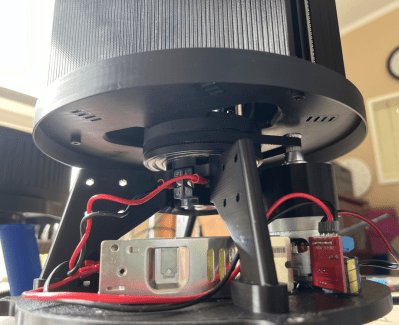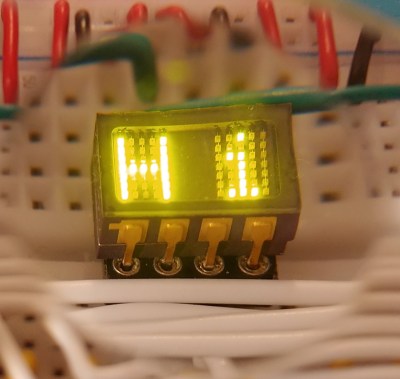Although not the first to try and build a DIY solar-powered remote control airplane, [ProjectAir]’s recent attempt is the most significant one in recent memory. It follows [rctestflight]’s multi-year saga with its v4 revision in 2019, as well as 2022’s rather big one by [Bearospace]. With so many examples to look at, building a solar-powered RC airplane in 2024 should be a snap, surely?
The first handicap was that [ProjectAir] is based in the UK, which means dealing with the famously sunny weather in those regions. The next issue was that the expensive, 20% efficient solar panels are exceedingly fragile, so the hope was that hot-gluing them to the foam of the airplane would keep them safe, even in the case of a crash. During the first test flights they quickly found that although the airplane few fairly well, the moment the sun vanished behind another cloud, the airplane would quite literally fall out of the sky, damaging some cells in the process.
Continue reading “Hard Lessons Learned While Building A Solar RC Plane”




















